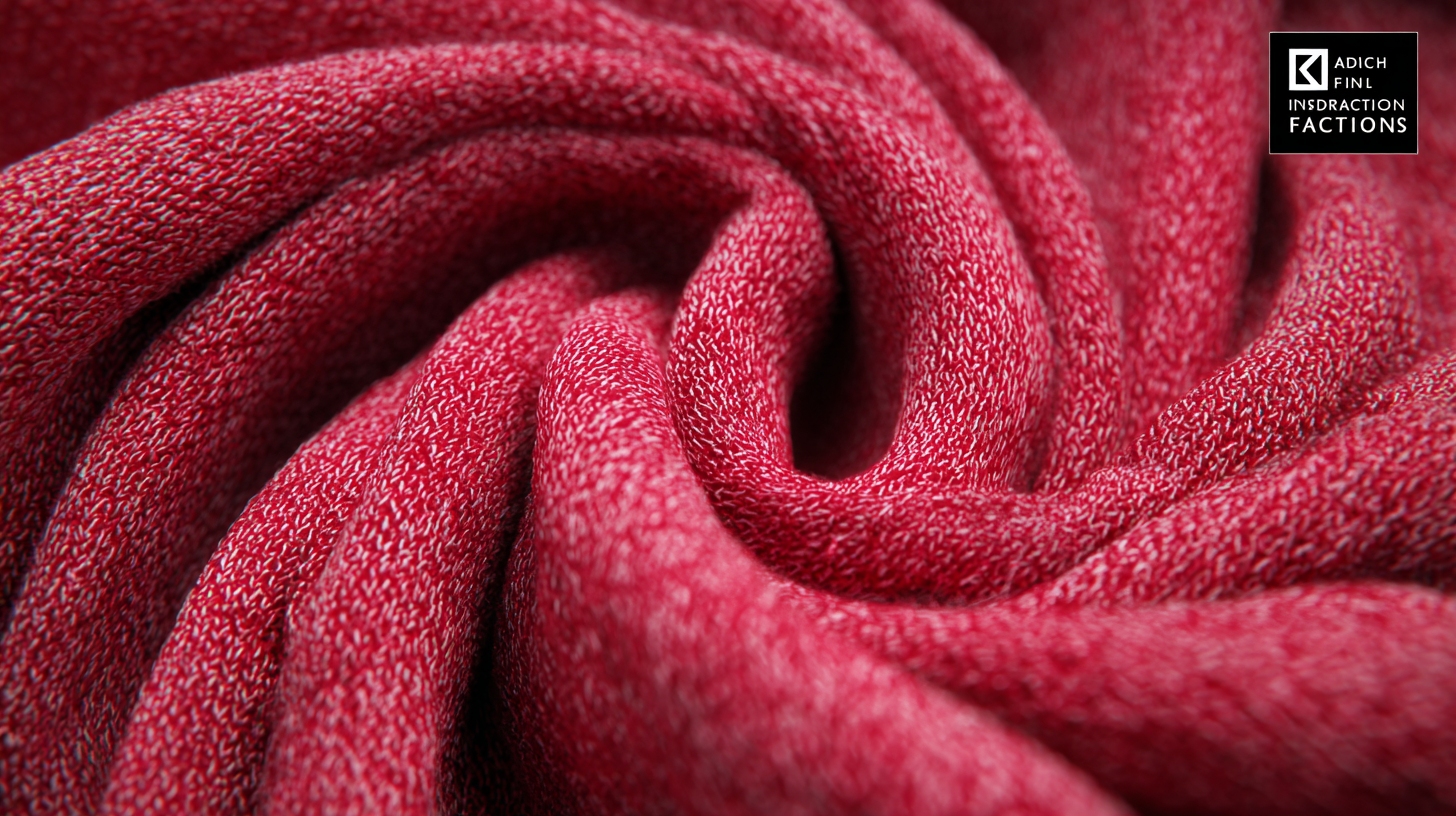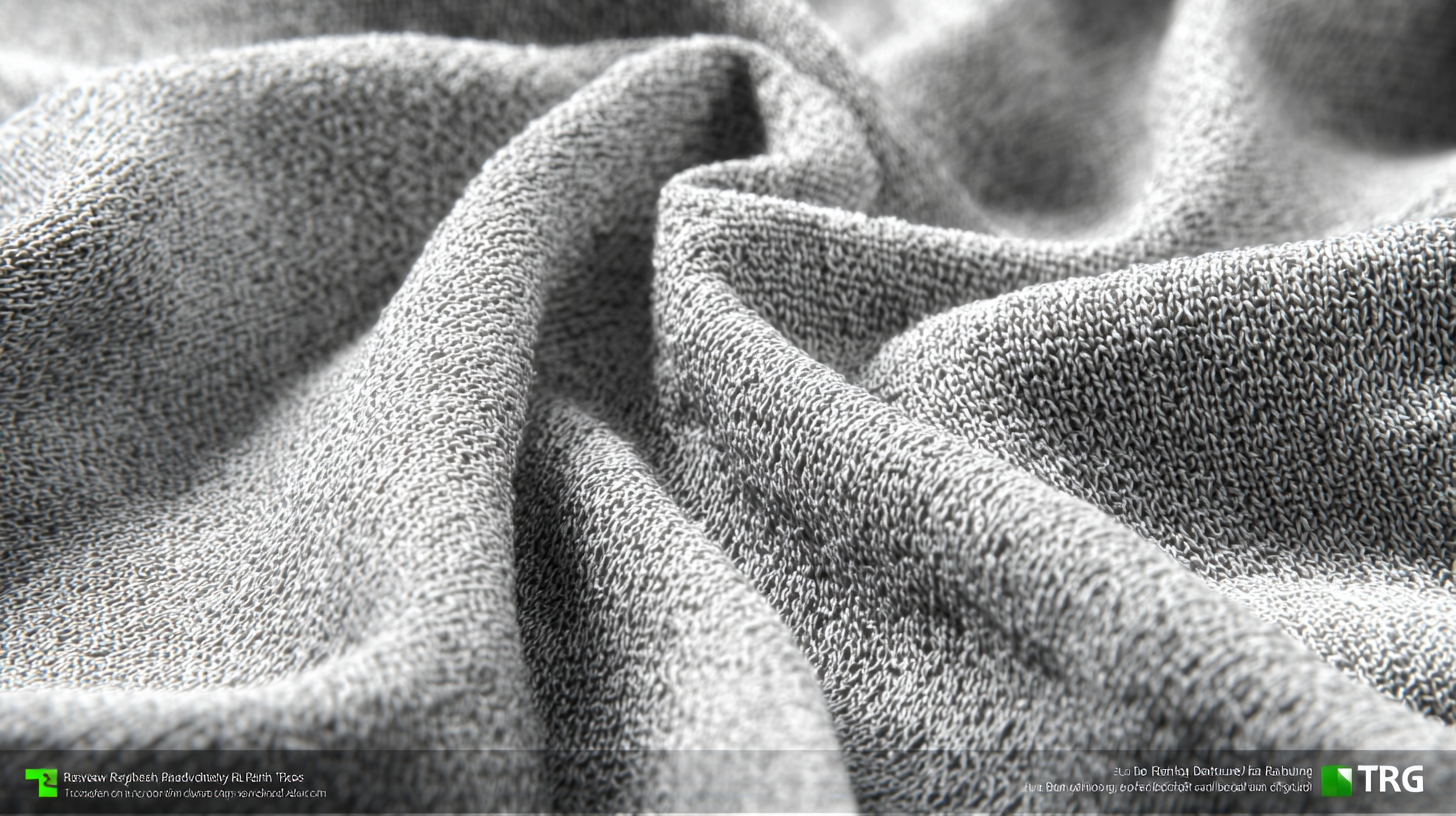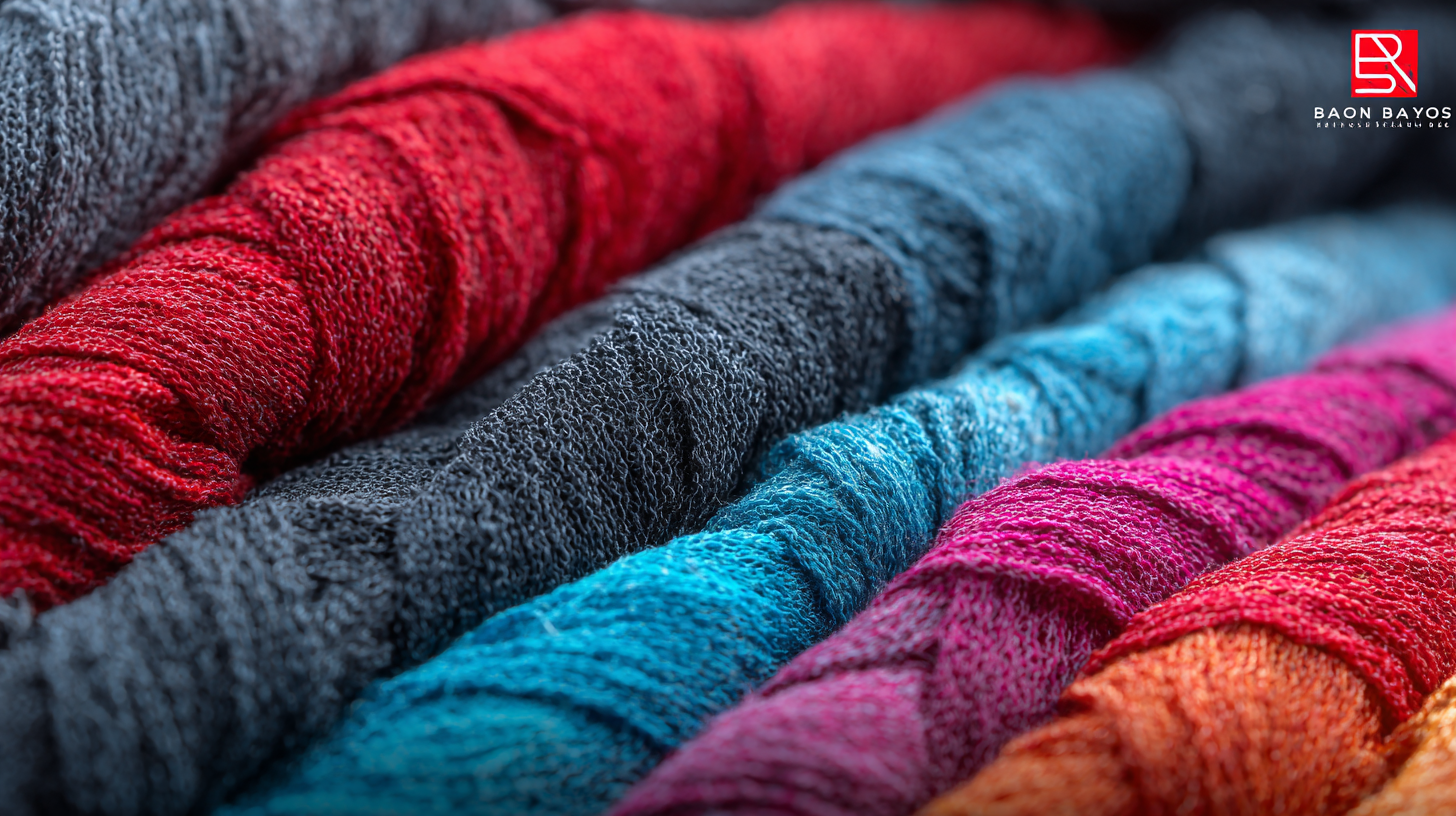The textile industry has witnessed a significant evolution over the years, particularly with the rise of synthetic and semi-synthetic fibers. Among these, Rayon Knitted Fabric stands out due to its unique blend of comfort, versatility, and sustainability. According to a recent report by Grand View Research, the global rayon fiber market is projected to reach USD 15.2 billion by 2025, driven by its increasing popularity in various applications, including apparel, home furnishings, and industrial textiles. This fabric is known for its exceptional breathability and moisture absorbency, making it ideal for diverse uses across different sectors. As industries continue to prioritize lightweight and eco-friendly materials, understanding the unique features and benefits of Rayon Knitted Fabric becomes essential for manufacturers and consumers alike. This blog will delve into its comparative advantages and applications, highlighting why Rayon Knitted Fabric is increasingly favored in today's market.

Rayon knitted fabric is a versatile material that combines comfort and style, making it a popular choice across various industries. The unique composition of rayon, derived from natural cellulose fibers, provides a soft, breathable texture that drapes beautifully. This lightweight fabric excels in wicking moisture away from the skin, making it ideal for athletic wear and casual garments. Its inherent properties also allow for vibrant dyeing, resulting in a wide range of colorful and eye-catching designs.
In addition to its comfort, rayon knitted fabric offers excellent elasticity thanks to its knitting structure, which can stretch and recover, providing a flattering fit. This feature is particularly beneficial in the fashion industry, where flexible, form-fitting clothing is in high demand. Furthermore, rayon’s hypoallergenic nature makes it suitable for sensitive skin, enhancing its appeal in the textile market. As industries continue to innovate in their use of materials, understanding the properties of rayon knitted fabric will be crucial for designers and manufacturers looking to create comfortable, fashionable, and functional products.
| Feature | Description | Applications |
|---|---|---|
| Composition | Made from regenerated cellulose fibers derived from natural sources like wood pulp. | Textile manufacturing, apparel, and home furnishings. |
| Breathability | Highly breathable, allowing moisture absorption and ventilation. | Sportswear, casual wear, and summer clothing. |
| Softness | Luxuriously soft feel, comparable to silk. | Luxury apparel, bedding, and children's clothing. |
| Durability | Moderately durable, with proper care can maintain longevity. | Fashion, upholstery, and active wear. |
| Sustainability | Biodegradable and sourced from renewable resources. | Eco-friendly fashion and sustainable home products. |
Rayon, a semi-synthetic fiber made from natural cellulose, has gained attention as a sustainable alternative to synthetic fabrics. According to the American Textile Manufacturers Institute, rayon has a lower environmental impact during its production processes compared to polyester and nylon, which are derived from petroleum. The production of rayon requires less energy and emits fewer greenhouse gases, making it a popular choice for eco-conscious consumers. Notably, the Eco-Textile Asia report highlights that rayon production can reduce carbon emissions by up to 50% when sourced from responsibly managed forests.
Moreover, rayon's biodegradability significantly contributes to its appeal. The Global Textile Recycling Report notes that while synthetic fibers can take over 200 years to decompose, rayon fibers can break down in as little as six months under appropriate composting conditions. This feature positions rayon as an attractive option for industries aiming to minimize waste and promote sustainability.
With the growing demand for eco-friendly textiles, industries such as fashion and home textiles are increasingly choosing rayon, balancing both style and environmental responsibility.
Rayon knitted fabric, known for its softness, breathability, and versatility, has gained immense popularity in the fashion and home textiles industries. Innovative uses of this fabric have significantly transformed both sectors. According to a recent report by Grand View Research, the global rayon fiber market is projected to reach $11.6 billion by 2028, driven by its increasing demand in clothing and home furnishings. Designers frequently choose rayon knitted fabric for activewear and loungewear, leveraging its moisture-wicking properties and luxurious feel.

In home textiles, rayon's absorbency makes it an attractive option for curtains, bed linens, and upholstery. The fabric provides an elegant drape and vibrant color retention, making it ideal for both modern and traditional interiors. Studies indicate that home textile products made from rayon can enhance durability and comfort, catering to consumer preferences for both aesthetics and functionality.
Tips: When choosing rayon knitted fabric for garments, consider its weight and stretchability, especially for form-fitting designs. Additionally, to maintain the longevity of rayon textiles in your home, prioritize gentle washing methods and avoid high heat during drying. Always check fabric composition labels to ensure optimal care and maintenance, maximizing the lifespan of your beautiful rayon products.
Rayon knitted fabric is often recognized for its softness and versatility, making it a favored choice across various industries. When comparing rayon to other fabric alternatives, one must consider factors such as moisture-wicking properties, breathability, and environmental impact. According to a 2022 market analysis by Textile World, rayon fabrics exhibit a superior moisture absorption rate, outperforming polyester by nearly 50%, which makes them an ideal choice for activewear and loungewear. This quality is particularly beneficial in the sports industry, where comfort and functionality are paramount.
In contrast, while cotton is praised for its natural feel, it tends to retain moisture more than rayon, which can lead to discomfort during intense physical activity. However, cotton has a lower production footprint, making it a sustainable alternative for consumers conscious of environmental issues. According to the Organic Trade Association, about 25% of global cotton is grown using organic methods, appealing to eco-friendly markets. Nonetheless, rayon's unique blend of softness and drape makes it an attractive option in the fashion industry, where aesthetic appeal is crucial. Thus, the choice between rayon and its alternatives often comes down to specific industry needs and consumer preferences.

As the demand for sustainable and versatile materials grows, the future of rayon fabric technology is poised for significant advancements. Innovations in the production processes of rayon aim to enhance its eco-friendliness, such as utilizing more sustainable sourcing of wood pulp and employing closed-loop manufacturing systems that recycle solvents and reduce waste. These developments not only minimize environmental impact but also align with the rising trend of conscious consumerism, pushing brands to favor responsible materials in their collections.
Additionally, the integration of technology into rayon fabric production is set to revolutionize its applications across various industries. Enhanced moisture-wicking and breathability properties are being developed, making rayon an ideal choice for activewear and athleisure markets. Furthermore, advancements in dyeing techniques are ensuring vibrant colors that last longer without compromising the fabric's softness. As manufacturers continue to experiment with blends and finishes, rayon's potential is expanding, finding relevance in sectors ranging from fashion to home textiles and medical applications, showcasing its adaptability to meet future market needs.
This chart illustrates the varying applications of rayon knitted fabric across different industries and its projected growth trends.